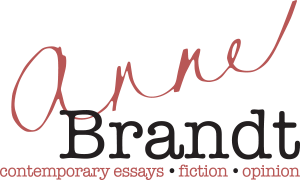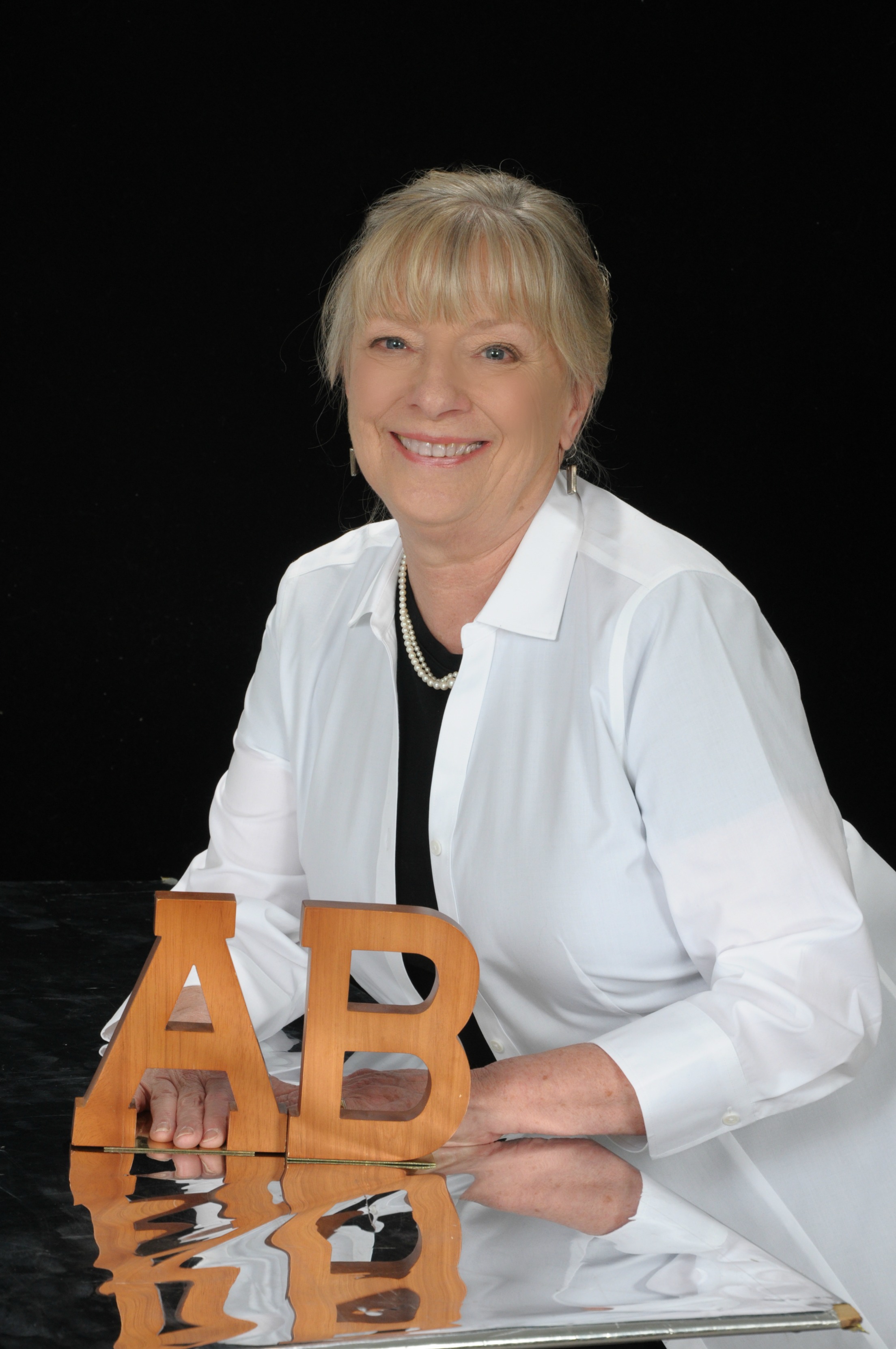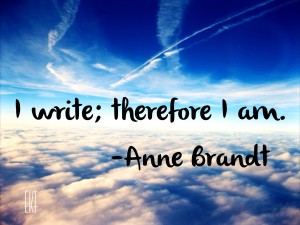My friend Judi and I try to read a book a month together and then discuss it. By default, we’re currently plowing through the 500+ pages of Charlotte Bronte’s Jane Eyre, first published in 1847, a mere 160 years ago.
We decided to read this classic because we were fed up with some of the best sellers we’d read recently, but not enjoyed. The Memory Keeper’s Daughter is one example of the pablum that passes for literature these days.
It’s been a difficult read, mostly because style of writing in the mid-eighteen hundreds is markedly different from today’s style. It’s more flowery and descriptive. You sometimes have to pick the dialogue out, like a rare treat caught in brambles. I can’t speak for Judi, as we haven’t had our Book of the Month Club discussion yet; however, once I got into the story I found both the plot and the characters of interest. And Jane, the heroine who tells the story, is a most likeable young woman. In a way, Bronte’s book is chick lit before the phrase was coined.
What I admire most, though, is the staying power of Jane Eyre. It’s been a staple in English classes forever, and there are a multitude of editions currently available. I chose one that provided an historical context for the period in which the story takes place. For instance, the first women’s rights convention was held in 1848, only a year after the book’s publication. In this light, Jane’s behavior often went against the conventional wisdom of the time; she was spunky when women were supposed to be docile. She was independent when dependency was the norm.
Maybe it’s because the author created such an unusual character that Jane Eyre is, figuratively, alive and well today. I wonder how many of today’s modern heroines will be around when 2147 greets us?








Leave a Reply